4 Week Unit on Crisis and Conflict Solution with SDG
Hello, hello there!
My name is Kristen, and this is a 4 week unit.
Engage and inspire your 6th to 12th-grade students with this exciting and immersive 4-week unit on crisis and conflict solution, integrated with essential Sustainable Development Goals (SDGs) such as reducing inequalities, promoting quality education, and establishing peace, justice, and strong institutions. This unit is specifically designed to foster critical thinking, empathy, and global citizenship skills among your students, all while exploring the power of photography and photojournalism in conflict resolution.
Key Features of the Unit:
-
Create a Conflict Word Web: Kickstart the unit by building a comprehensive understanding of conflict through the creation of a conflict word web. Students will delve into the different aspects and causes of conflicts, enhancing their vocabulary and analytical skills.
-
Hone Your Skills as a Photographer: Discover the art of photography and empower your students to express their perspectives on conflicts and their potential solutions. Engage them in fun and interactive photography exercises, fostering creativity and visual storytelling abilities.
-
Investigate Global Conflicts: Encourage students to delve into real-world conflicts and crises, analyzing their causes, consequences, and potential solutions. This inquiry-based approach will ignite their curiosity, research skills, and broaden their global awareness.
-
Create a Photojournalism Story about a Conflict Scenario: In this exciting phase of the unit, students will combine their newfound photography skills with their research on global conflicts to create compelling photojournalism stories. They will learn the power of visual narratives and explore how photography can promote conflict resolution and social change.
Key Questions Addressed:
- What is conflict, and why is it important to understand conflict?
- Why is dialogue essential in preventing the escalation of conflict?
- How can photography and photojournalism be used to promote conflict resolution?
Benefits for Teachers:
- Comprehensive lesson plans with clear learning objectives and step-by-step instructions.
- Varied and engaging activities that cater to different learning styles.
- An integrated approach to teach conflict resolution, empathy, and critical thinking skills.
- Opportunities for cross-curricular connections with language arts, social studies, and visual arts.
- Access to ready-to-use worksheets, graphic organizers, and assessment tools.
Benefits for Students:
- Active and collaborative learning experiences that encourage student participation.
- Development of critical thinking and problem-solving skills.
- Enhanced global awareness and empathy towards diverse conflicts and communities.
- Opportunities for creative expression through photography and visual storytelling.
- A deeper understanding of the Sustainable Development Goals and their relevance in today's world.
Included 3 Files:
- PDF Presentation
- PDF Worksheets
- Google Slides
Don't miss this opportunity to empower your students with skills for conflict resolution and understanding, equip them with the tools they need to make a positive impact on the world.
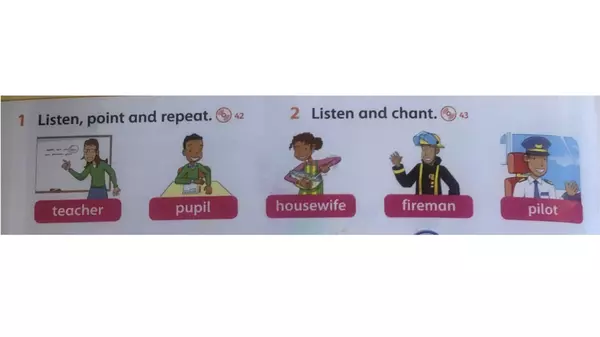
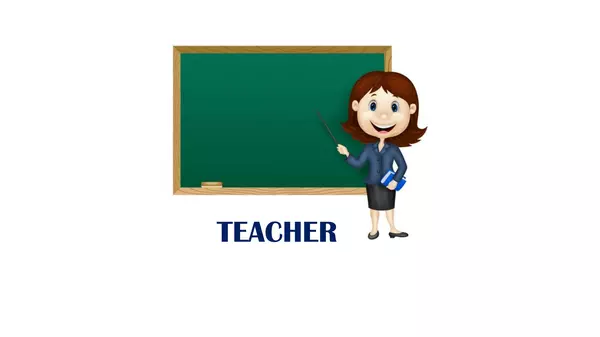
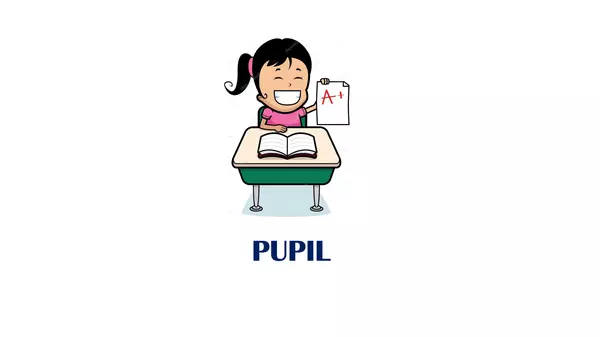
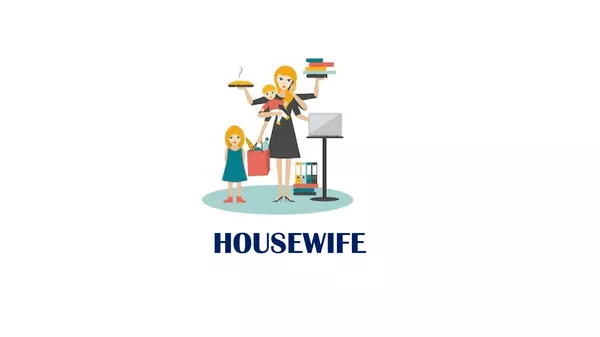
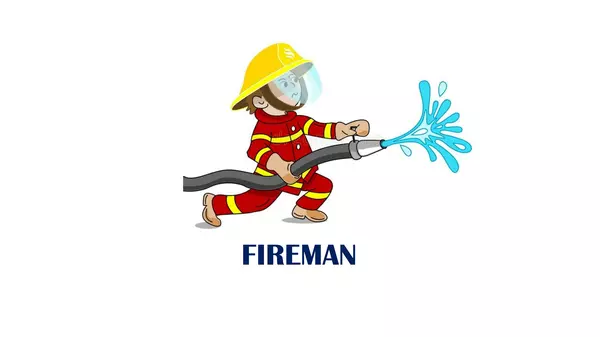
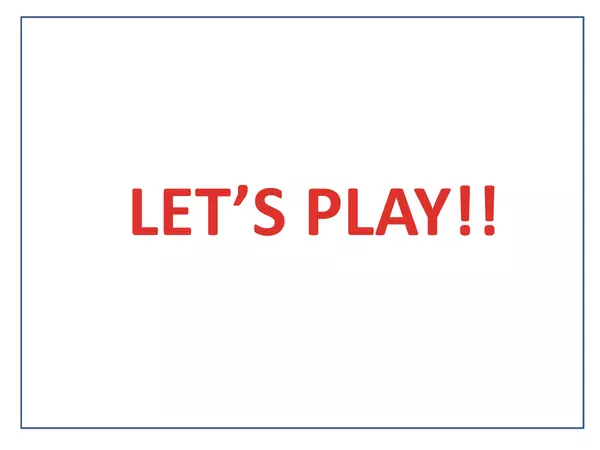

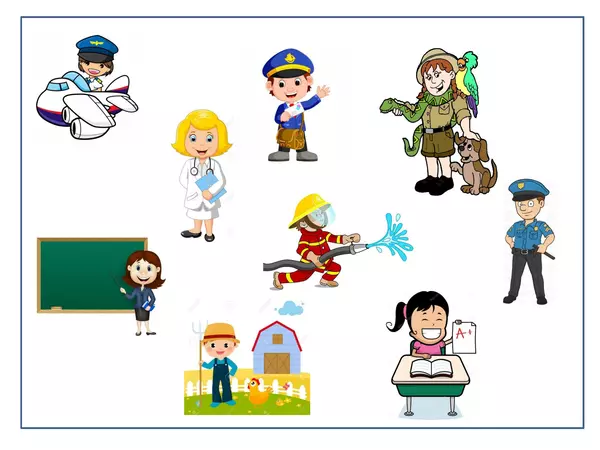
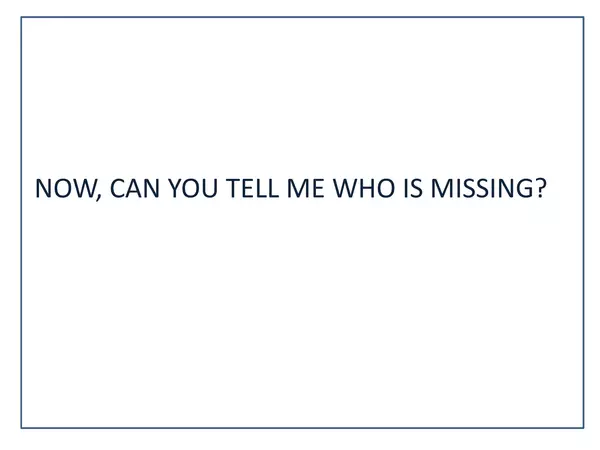
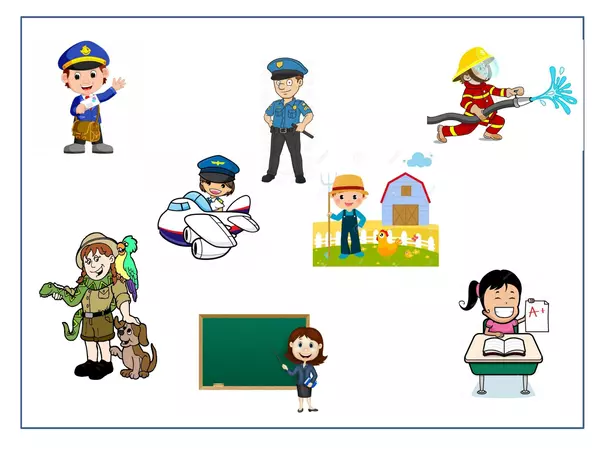
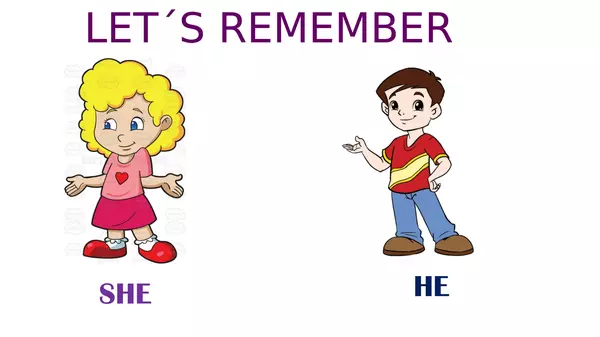

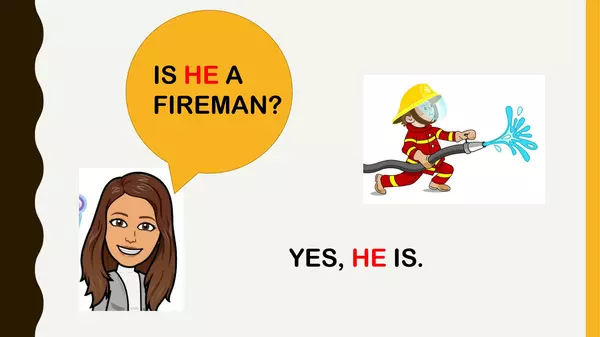
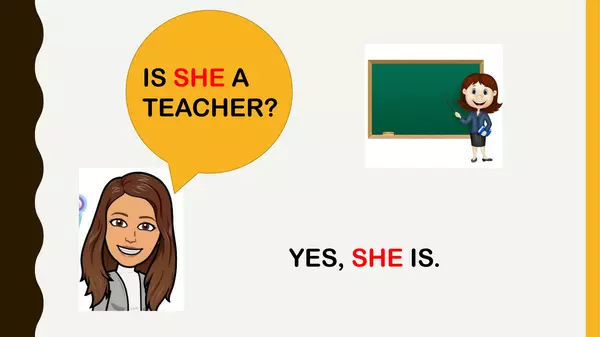
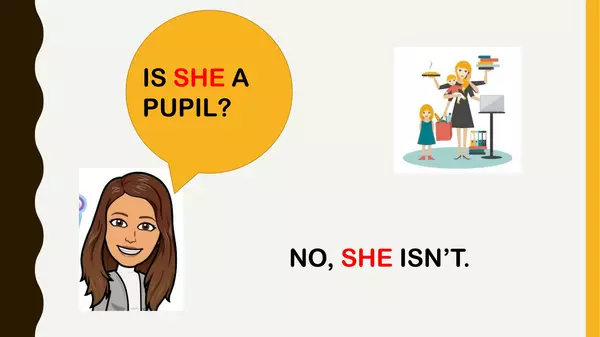
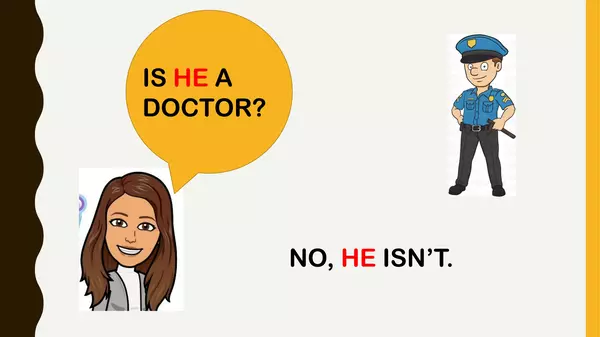
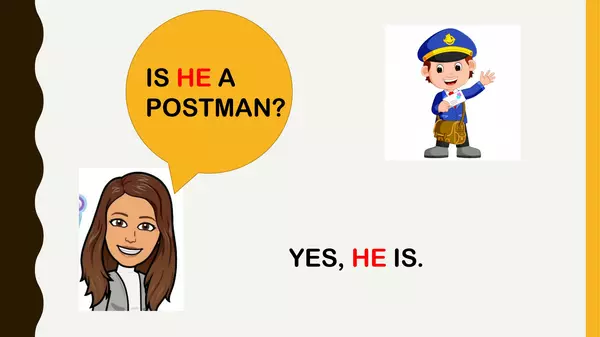
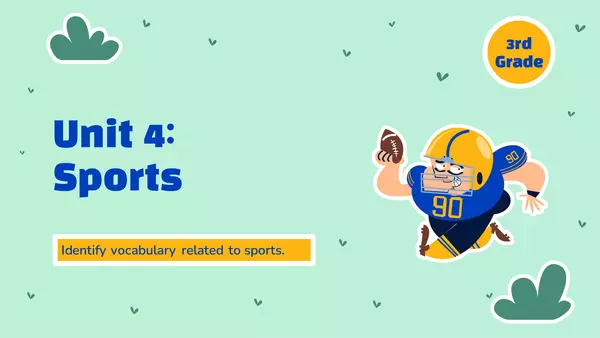
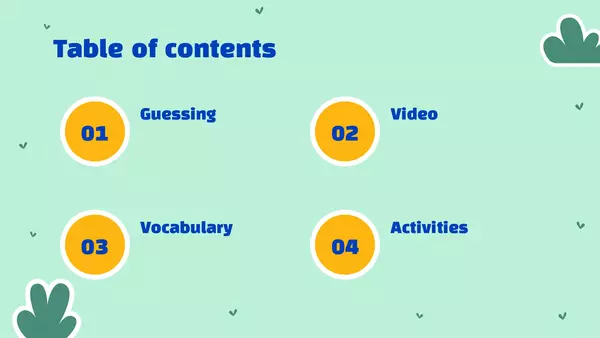
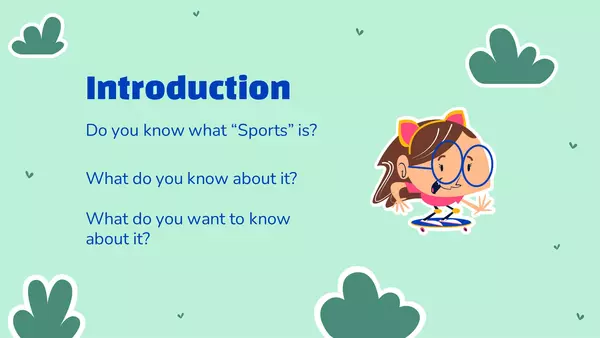
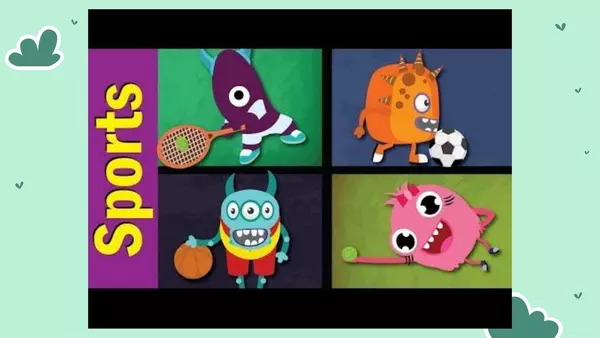
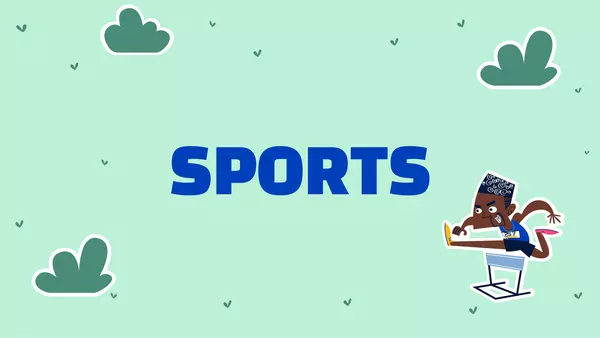

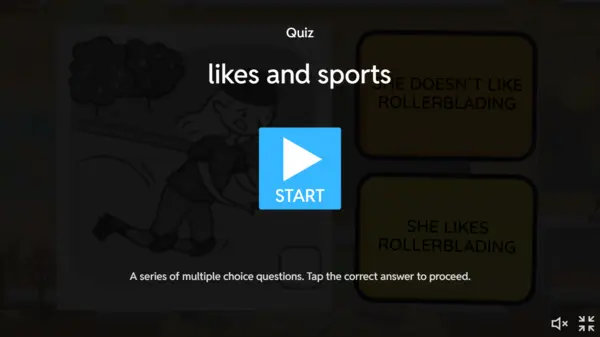.png)
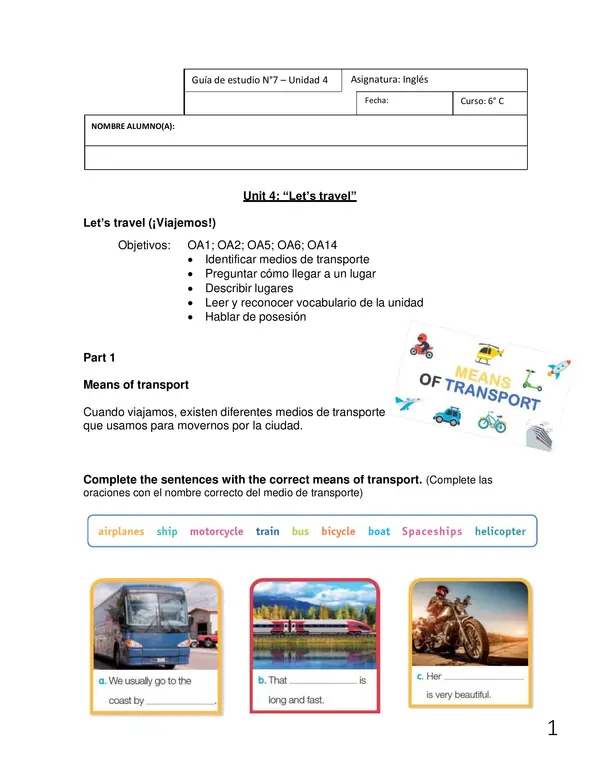
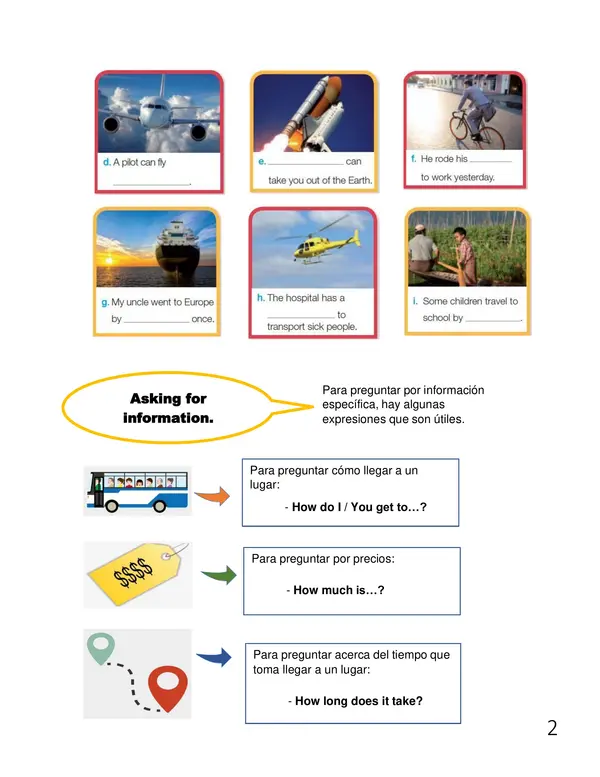
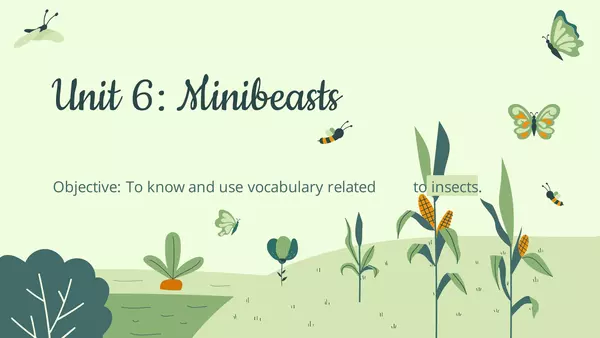
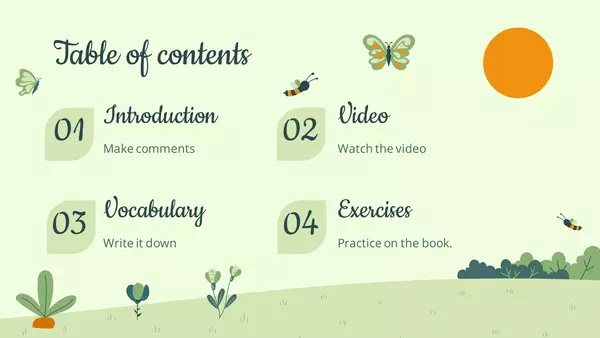
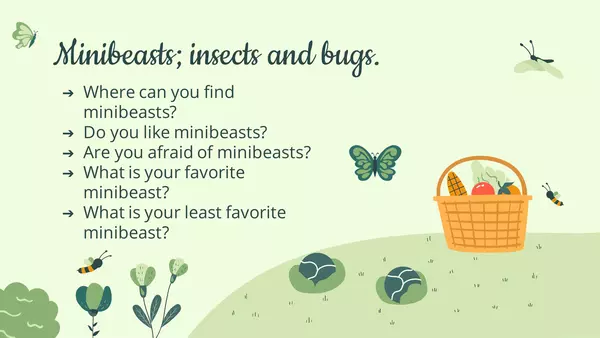

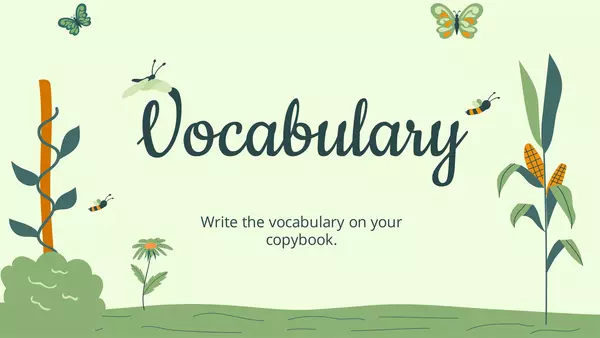
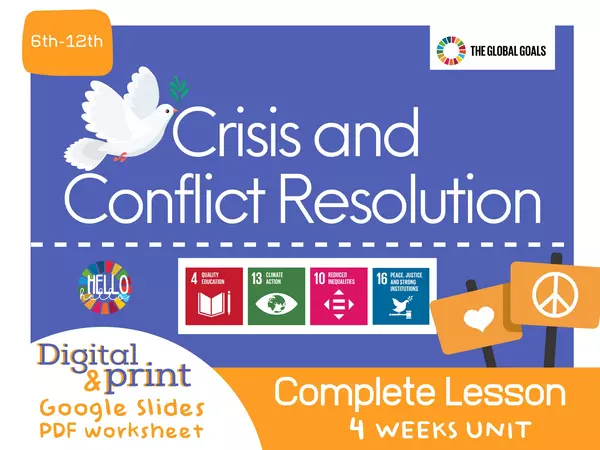
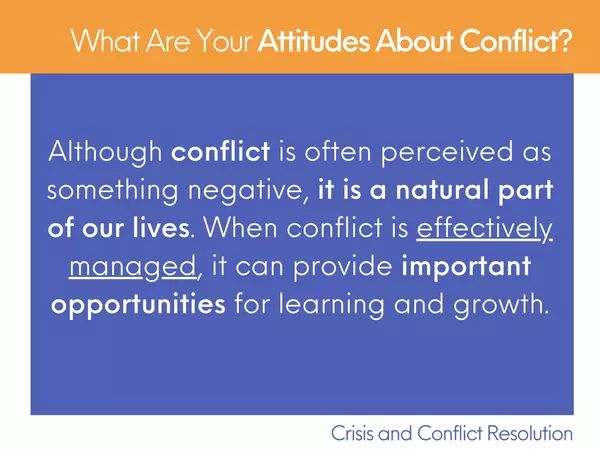
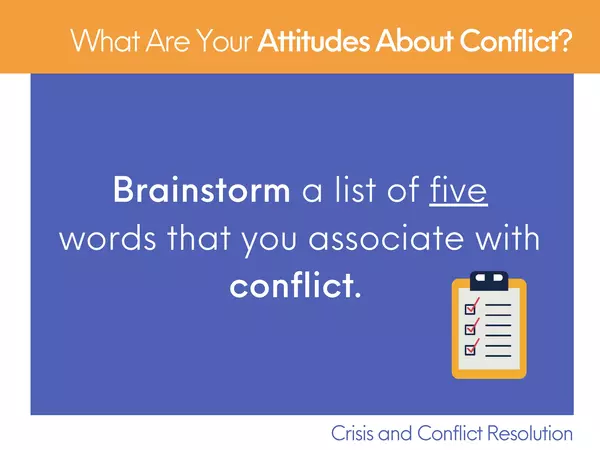
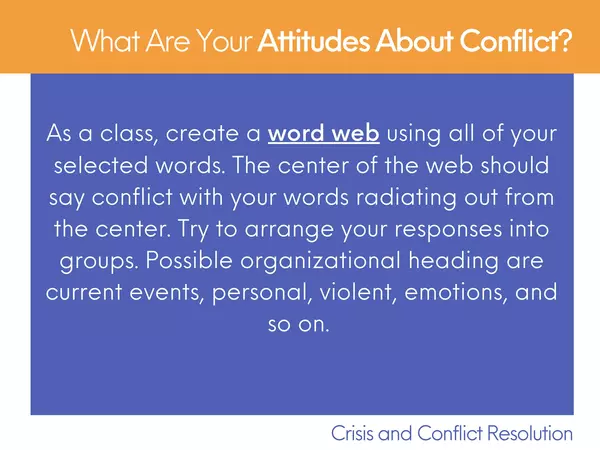
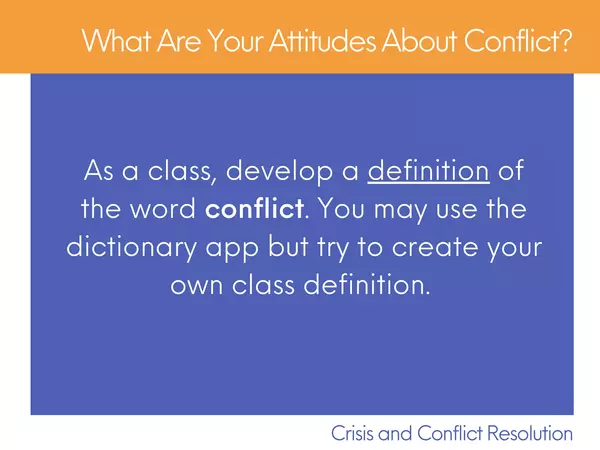
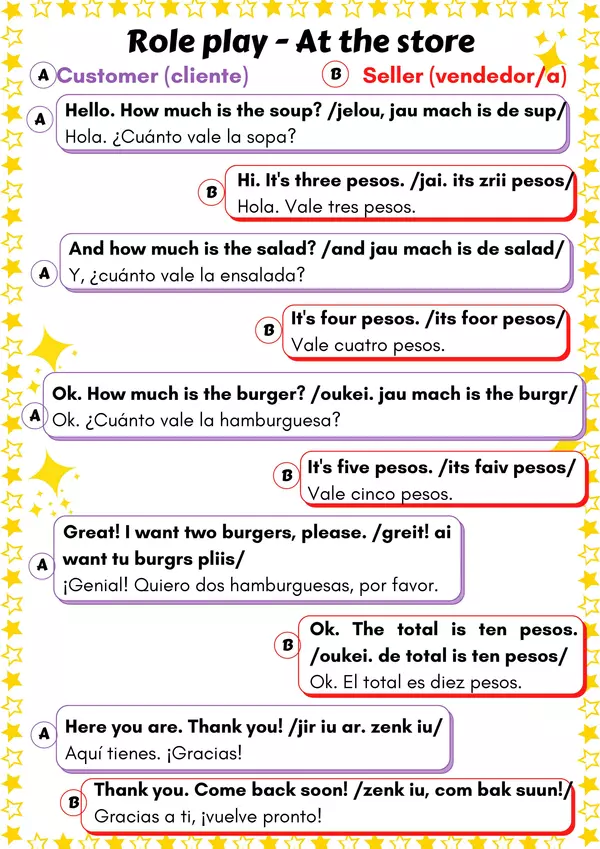
There are no comments yet, write one yourself!